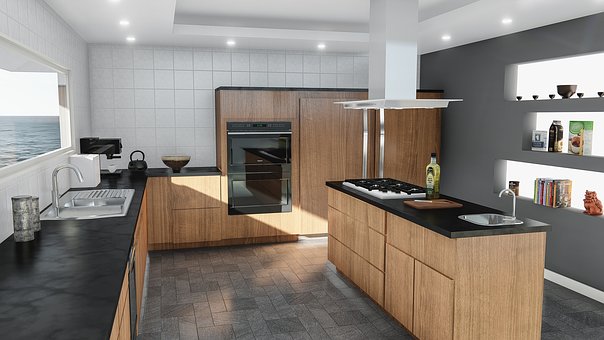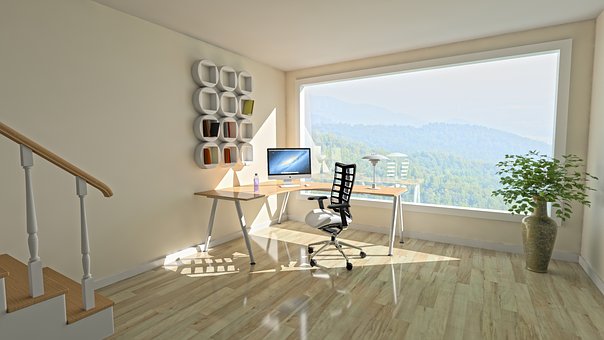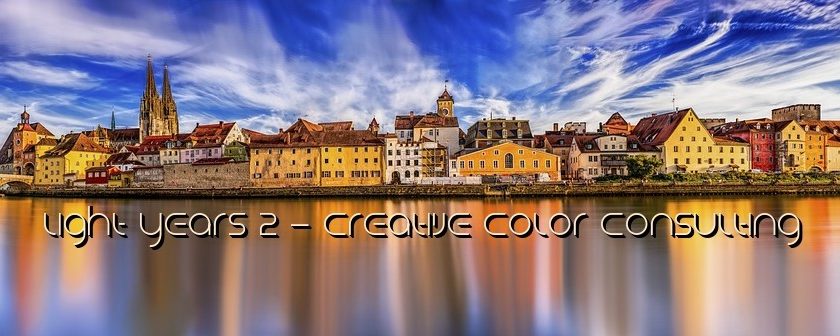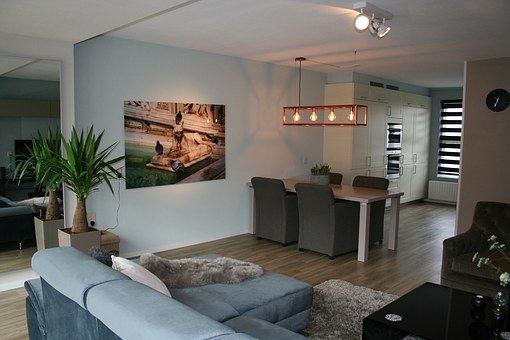You can completely transform a room with just a couple of swipes of paint. You can also make it appear darker or lighter, smaller or larger.
Paint can help to change a room’s feeling and tone. It may affect mood and productivity. Paint has more tricks than a musician in Las Vegas.
If the magician is the paint, then the lovely assistant is the lighting. Light is a component that is key but is overlooked quite often when it comes to the way that interior paint colors appear to the human eye.
So, whether it is artificial light, natural light, or lighting accessories that come with both, it is critical to use lighting in order to get the most from your paint selections.
Use Natural Light to Your Full Advantage

Even before you select the interior paint to use in a room, think about what your natural light situation is. A north-facing room gets the least amount of natural sunlight throughout the day. Use bold, warm colors for warming up the room.
South-facing rooms receive the most light over the course of the whole day, so think about going with cooler, softer colors to that you don’t overwhelm the room.
East-facing rooms receive the most light during the morning, so choose the color of your paint based on

whether you will be using it during the morning when there is plenty of natural light or during the afternoon when there isn’t any.
Finally, west-facing rooms get the most light during the afternoon and evening. So, if you will be using the
room later on in the day, then opt for softer colors to help balance the light out. If you will be using the room a great deal during the morning, then use bolder colors to help brighten up the room since it will not have a lot of natural light.
Be aware that the natural light rules that we are discussing are not written in stone. So if you are determined
to use a specific color but it isn’t ideal for the natural light situation that you have, don’t hesitate to break tradition. So, if you open to trying different color options, think about using one that will work the best with the natural light that is available to you.
Choose the Right Kind of Light Bulb
If you have an existing color of paint that you are working with, think about using artificial light to enhance its appearance. Incandescent bulbs are best to use with yellows, oranges, and reds. Fluorescents, on the other hand, complement greens and blues. Natural light is mimicked better by natural lights better than others, so think about using those if you have a selected a paint color that is based on the room’s light exposure.
The temperature of a light bulb is relevant as well to your lighting selections. Depending on the temperature that you select, you can cool down or warm up the paint colors. A 4,000 Kelvin temperature bulb will cool down a room, while 2,700 Kelvin temperature one will warm it up.
How Color Is Affected by Light Bulbs
The kind of bulb that is used can also change a room’s colors.
Incandescents: The yellow-amber, warm light of these bulbs make yellows, oranges, and reds more vivid, and also mute greens and blues.
Fluorescents: This cool and flat light enriches greens and blues.
Halogens: These are white lights that resemble natural light and help to make all colors appear more vivid. If you use halogen it will make the switch less jarring going from daylight over to artificial light.
Compact fluorescent lights (CFLs): This type of light can produce light that is either bluish-white, warm white or neutral.
Light-emitting diodes (LEDs): Cooler or warmer LEDs, or “smart” LED bulbs can be purchased whose color can be wirelessly controlled. You can point to the sky’s color in a picture and make your home’s light bulb this same color.

Pay Close Attention to Accessories
Keep in mind that the lighting accessories that are inside of your room can affect the appearance of interior paint color also. Window treatments may be used for filtering how much natural light is inside of a room. Pay close attention to how much the ones you choose weigh and consider removing or adding liners you are already using.
When you are using artificial light, keep in mind that the fixture or shade that filters the bulb can have a major impact on the appearance of the interior paint. If you are attempting to brighten up an existing color, think of white shades and fixtures that are made out of airy and light fabrics. If you want to darken a room then go the opposite way, and use heavier, darker fabrics and elements.
Tips to Achieve the Color That You Want To Have
1. Paint primed drywall squares with samples of colors that you are considering. Then move the squares around the room throughout the day. Apply two coats at least.
2. Evaluate carpet samples during various daylight conditions.
3. Many contractors will not hang lights before painting. However, you can get the approximation of the color by putting a bulb that you will be using in a desk or floor lamp. If you are hyper-sensitive to color or would like to have a really specific look, then ask the electrician to hang up lights, then carefully cover them up during the painting process.
4. Keep in mind that the artificial and natural light that will work well together during specific times of the day, especially during the summer whenever dusk lasts for a long time. Turn artificial lights on ever during the daylight in order to see what your colors are going to look like.
5. Paint sheen affects the color as well. A glossy finish reflects the light and changes how colors look, while flat finishes are not as reflective and enable colors under bright light look truer.
6. Light-colored walls reflect colors from bold carpets: For example, a bright blue rug may cast a blue tone onto a white wall.

